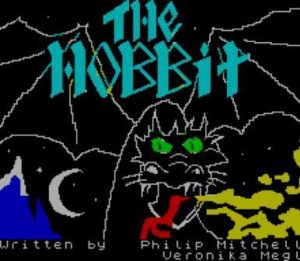
Games are one of the most significant cultural forms of modern society yet their story is poorly documented in Australia and New Zealand, according to Flinders University Screen and Media Associate Professor Melanie Swalwell.
Associate Professor Swalwell and her research team, together with colleagues from the Australian Centre for the Moving Image, the New Zealand Film Archive and the Berlin Computerspiele Museum, have now launched a project to document and preserve locally-made computer games of the 1980s.
Funded by the Australian Research Council, the Popular Memory Archive (PMA) aims to explore the story of the production and reception of local games, interviewing game creators but also collecting resources and memories from the public who played their way through the history of 1980s computer games.
“The game culture in the 1980s was highly participatory, hands-on and often characterised by a do-it-yourself ethic which is why we are aspiring to create a history of games as they have been used and experienced,” Associate Professor Swalwell said.
The material will then be collated and added to the Play it Again database – an online portal of playable Australasian computer games, developed by the team as a method for documenting and preserving these historic digital artefacts.
Dr Swalwell said the database would provide vital insights into Australia and New Zealand’s early gaming history.
“Until recently, digital software in any form wasn’t regarded as something that should be saved,” Associate Professor Swalwell said.
“As a consequence we have very little information about computer games, despite the prominent cultural function they have in today’s society,” she said.
Flinders PhD candidate Helen Stuckey, who helped design the PMA, said there was no official public record of historic computer games.
“Knowledge about the history of games is overwhelmingly held by private collectors and fans, with ephemera and other primary sources located among the general public,” Ms Stuckey said.
“Much of the existing work on the preservation of early games has been be done by passionate and well organised online fan communities,” she said.
“The PMA in part looks at what institutions can learn from the practices of these groups.”
Featuring a curated selection of games, Dr Swalwell said the PMA will also host monthly panel discussions with invited guests, including Australia and New Zealand game designers of the 1980s, on a range of topics such as gaming pioneers, collectors and copyright.
“We want to hear what people did with early computers and games, what games they wrote, what these games mean and meant to them, what records they have, and what difference their involvement with games has made.
“It is hoped these contributors will offer not only their experiences but also artefacts in need of preservation, including images, videos and documentation about programmers, designers and publishers, so that we can have a central, publicly-compiled repository of gaming history.”
During the 18-month project users will be able to submit comments, images, videos and other files to the site.
Visit the website for more information or follow the progress on Facebook or Twitter @AgainPlay.

